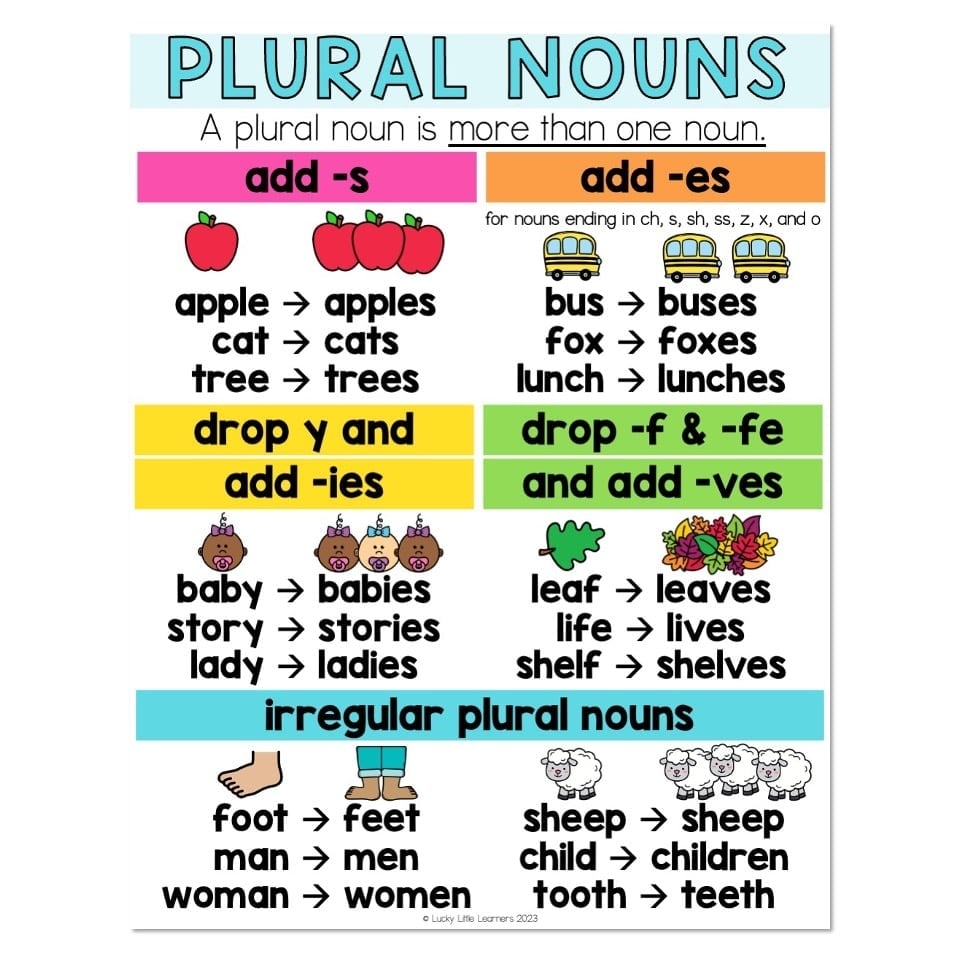Nouns are an essential part of language that help us communicate effectively. They are words that represent people, places, things, or ideas. Nouns can be singular or plural, depending on whether they refer to one or more than one of the same thing. Understanding how to form plural nouns is crucial for clear and accurate communication.
Plural nouns are used when referring to more than one person, place, thing, or idea. Forming plural nouns is generally straightforward, but there are some rules to keep in mind. By mastering the rules of pluralization, you can avoid common mistakes in your writing and speech.
Noun Plural
One common way to form plural nouns is by adding “s” to the end of the singular form. For example, “cat” becomes “cats” and “dog” becomes “dogs.” This rule applies to most nouns, regardless of their length or ending.
However, there are exceptions to this rule. Some nouns require different endings to form the plural. For example, nouns ending in -ch, -x, -s, -sh, or -z require the addition of “es” to form the plural. For instance, “box” becomes “boxes” and “church” becomes “churches.”
Irregular nouns, on the other hand, do not follow a consistent pattern when forming the plural. For example, “child” becomes “children” and “goose” becomes “geese.” It’s important to memorize these irregular plural forms to use them correctly in your writing.
Compound nouns, which are made up of two or more words, can be tricky when it comes to forming the plural. In most cases, only the main noun in the compound is pluralized. For example, “mother-in-law” becomes “mothers-in-law” and “attorney general” becomes “attorneys general.”
In conclusion, understanding how to form plural nouns is essential for clear and effective communication. By following the rules of pluralization and memorizing irregular forms, you can enhance your writing and speech. Practice using plural nouns in your everyday language to solidify your understanding and improve your language skills.
